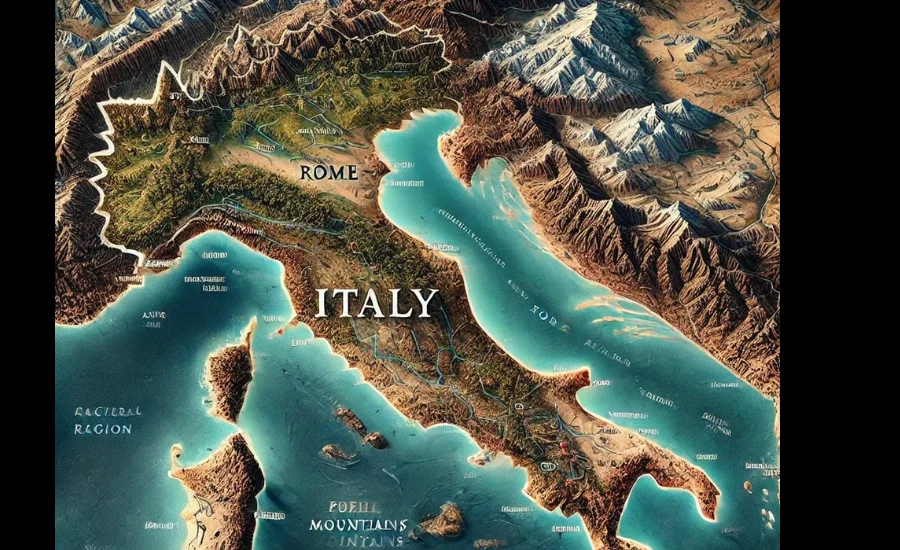Italy, celebrated for its remarkable history, vibrant culture, and stunning natural scenery, sits in Southern Europe. Shaped like a boot, this beautiful country is bordered by the Mediterranean Sea, a location that has deeply shaped its climate, traditions, and economy. Exploring the regions and cities of Italy through Map:diwjkmj8_vo= italy offers a fascinating insight into the country’s geography and unique features.
Italy’s Influence on Cartography Through the Ages
Throughout the centuries, Italy has been a major hub for cartographic advancements. In ancient times, Roman maps were essential in supporting the expansion of the Empire. Later, during the Renaissance, Italian mapmakers like Fra Mauro produced influential works that highlighted Italy’s prominence in global trade and exploration. Studying the evolution of Italy’s maps, especially through Map:diwjkmj8_vo= italy, reveals changes in its political landscape and the growth of geographic knowledge over time.
The Po River: Lifeblood of Northern Italy
The Po River, stretching as Italy’s longest river, originates in the Alps and meanders through the northern plains, which rank among Europe’s most productive agricultural regions. Map:diwjkmj8_vo= italy highlights the vast network of irrigation systems that support this fertile land, essential for growing crops such as rice, wheat, and vineyards. The river flows past key cities like Turin, Parma, and Bologna, all of which play pivotal roles in the region’s agricultural and economic strength.
Tuscany and Central Italy’s Cultural Landscapes
Central Italy is renowned for its picturesque rolling hills, historic landmarks, and world-famous vineyards. At the heart of this region is Tuscany, with its magnificent capital, Florence—a key highlight on any Map:diwjkmj8_vo= italy. The area also includes Umbria and Lazio, where Italy’s capital, Rome, stands as a testament to the country’s rich cultural legacy. Maps of central Italy often emphasize its artistic and architectural significance, showcasing cities that were cornerstones of the Renaissance.
Italy’s Diverse Landscape: Mountains, Valleys, and Coastlines
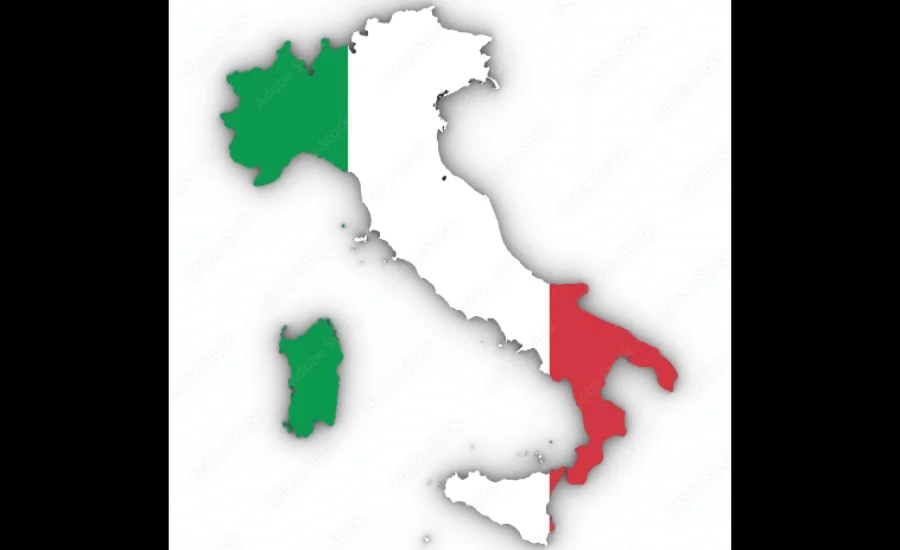
Italy is a predominantly mountainous country, with the towering Alps marking its northern border and the Apennine range extending along the spine of the peninsula. These rugged mountain ranges, together with the flat expanse of the Po River valley, divide Italy into distinct geographical zones. Coastal plains and major islands like Sicily and Sardinia further contribute to the country’s rich and varied landscape, as illustrated on any comprehensive Map:diwjkmj8_vo= italy.
The Alpine Region: Gateway to Northern Italy
In the north, the Alps form a majestic natural boundary between Italy and its neighbors, including France, Switzerland, and Austria. Map:diwjkmj8_vo= italy often highlights this region’s iconic mountain passes, scenic ski resorts, and glacial valleys. Northern Italy is also home to economically significant regions like Piedmont, Lombardy, and Veneto, where major cities such as Milan and Venice are not only cultural hubs but also key locations on the map of Italy.
Rome: Italy’s Historic and Cultural Epicenter
As the heart of Italy, Rome is a focal point on any detailed Map:diwjkmj8_vo= italy. The city is rich with history, featuring world-renowned landmarks like the Colosseum, Vatican City, and the Roman Forum. Maps of Rome showcase not only its ancient architectural marvels but also its complex network of roads and modern developments. The Tiber River, which flows through the city, adds to its geographic and historical importance, creating a distinctive landscape for this iconic capital.
The Apennines: Italy’s Mountain Backbone
Stretching from north to south, the Apennine mountain range is often called the “spine” of Italy. These rugged mountains divide the country into distinct regions, influencing both the climate and the cultural fabric of the nation. On Map:diwjkmj8_vo= italy, the Apennines are marked by winding roads, rural towns, and valleys that reflect the traditional, slower-paced lifestyle of Italy’s countryside, offering a true glimpse into the country’s natural beauty and rural heritage.
Southern Italy: A Blend of Mountains, Coasts, and Ancient History
Southern Italy is a region marked by striking contrasts, from its rugged mountains to its coastal plains and ancient cities. Though often overlooked, areas like Calabria and Basilicata hold significant historical and natural value. Map:diwjkmj8_vo= italy showcases Calabria’s dramatic landscape at the “toe” of Italy’s boot, with steep hills and breathtaking coastlines along both the Tyrrhenian and Ionian Seas, reflecting the region’s natural beauty and importance.
Sicily: A Cultural and Historical Hub
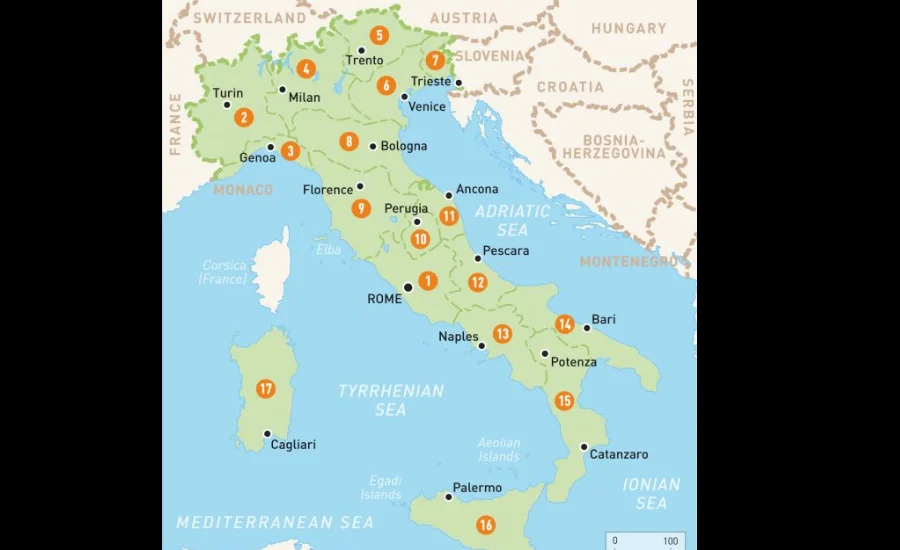
Sicily, the Mediterranean’s largest island, is a focal point on any Map:diwjkmj8_vo= italy. Its prime location has made it a cultural crossroads for millennia, enriched by diverse civilizations. Maps of Sicily often feature its volcanic landmarks, particularly Mount Etna, alongside its historic cities such as Palermo and Syracuse. Sicily’s varied terrain, combined with its fertile lands, makes it an agricultural powerhouse, and these elements are frequently highlighted in geographic depictions of the island.
Italy’s Lesser-Known Islands: Hidden Gems in the Mediterranean
In addition to its major islands, Italy boasts several smaller islands that are often overlooked but play significant roles in its geography. Map:diwjkmj8_vo= italy highlights islands like Elba, famous for Napoleon’s exile, and the Aeolian Islands, known for their volcanic landscapes. These Mediterranean islands offer a unique blend of natural beauty and rich history, making them popular tourist destinations for those seeking both scenic views and cultural exploration.
Italy’s Volcanic Landscape: A Force of Nature
Italy is home to some of the world’s most renowned volcanoes, including Mount Vesuvius, Mount Etna, and Stromboli. Map:diwjkmj8_vo= italy often details these volcanic regions, showing the cities and towns shaped by their eruptions. Historic sites like Pompeii, near Vesuvius, stand as powerful reminders of the impact these natural forces have had on Italy’s history, influencing both the development and resilience of nearby communities.
Northern Italy’s Stunning Lakes
Northern Italy is renowned for its picturesque lakes, with Lake Garda, Lake Como, and Lake Maggiore standing out as major highlights. On Map:diwjkmj8_vo= italy, these lakes are depicted alongside their proximity to the Alps and the charming towns that attract tourists year-round. The lakes not only add to the beauty of the landscape but also play a key role in shaping the local climate and supporting the region’s economy through tourism and agriculture.
Italy’s Famous Wine Regions
Italy is home to some of the world’s most celebrated wine regions, with areas like Chianti in Tuscany and Barolo in Piedmont frequently showcased on Map:diwjkmj8_vo= italy. These regions, known for their rolling vineyards and unique climates, are crucial to Italy’s agricultural output. Detailed maps illustrate the distinct wine-producing zones and the types of grapes cultivated, underscoring the importance of viticulture in Italy’s cultural and economic landscape.
Italy’s Regional Diversity
Italy is a captivating country made up of 20 distinct regions, each characterized by its own unique cultural heritage, traditions, and geographical features. Map:diwjkmj8_vo= italy often highlights these regions, ranging from the autonomous territories of Sicily and Sardinia, known for their rich histories and diverse landscapes, to the lesser-known areas like Molise and Abruzzo, which boast charming towns and scenic countryside.
Each region of Italy has its own identity, influenced by its history, climate, and local customs. For instance, Tuscany is celebrated for its art, wine, and rolling hills, while Emilia-Romagna is known for its culinary delights, including world-famous pasta dishes. The northern regions, such as Trentino-Alto Adige, feature stunning alpine scenery, while the southern regions like Campania are famous for their breathtaking coastal views and historical sites.
Maps of Italy provide a visual representation of these regions and their provinces, showcasing the intricate tapestry of Italian culture. Understanding the geographical divisions is essential for appreciating the country’s diversity, as each area contributes uniquely to the overall Italian experience.
Economic Landscape of Italy
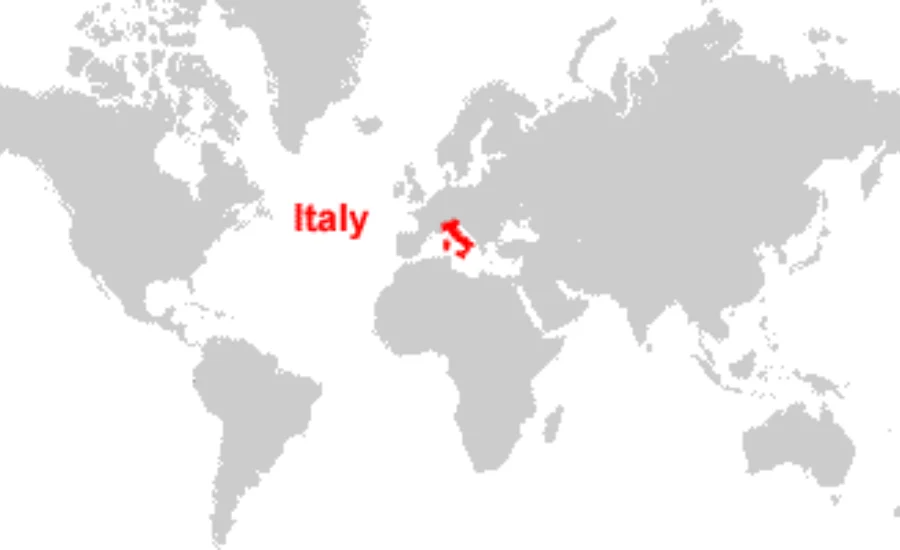
Italy’s economic geography reflects a nation that is both historically rich and economically dynamic. The northern regions, including Lombardy and Veneto, are hubs of industrial activity and innovation, known for manufacturing, finance, and technology. Cities like Milan, often regarded as the fashion capital of the world, are at the forefront of economic development, attracting businesses and tourists alike.
In contrast, the southern regions, such as Calabria and Sicily, rely heavily on agriculture and tourism. These areas are known for their fertile lands, producing a variety of crops including olives, citrus fruits, and tomatoes. The tourism sector plays a significant role in the southern economy, with visitors flocking to experience the stunning landscapes, historical sites, and local cuisine.
Economic maps of Italy often depict major industrial centers alongside agricultural zones, highlighting the contrasts in economic activity across the country. Additionally, Italy’s strategic location within Europe enhances its role as a key player in trade, with maps illustrating vital ports such as Genoa and Naples, as well as critical transportation routes that facilitate commerce both domestically and internationally.
Environmental Conservation Efforts
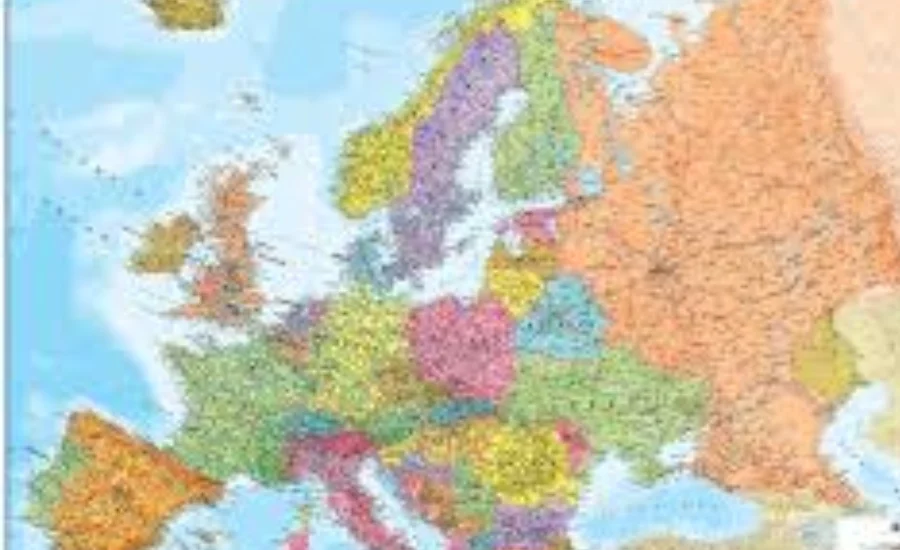
Italy is also deeply committed to environmental conservation, recognizing the importance of preserving its natural landscapes and biodiversity. Maps that highlight national parks and protected areas are vital for understanding the ecological significance of these regions.
The Dolomites, a UNESCO World Heritage site, are renowned for their breathtaking mountain scenery and offer numerous outdoor activities, from hiking to skiing. Gran Paradiso National Park, Italy’s first national park, is a haven for wildlife enthusiasts, showcasing a diverse range of flora and fauna. Similarly, the Aeolian Islands, known for their volcanic activity, not only attract tourists but are also important for geological research and conservation efforts.
Environmental maps provide insight into the protected areas across Italy, showing where conservation efforts are focused and highlighting the rich biodiversity that these regions support. Through these initiatives, Italy aims to safeguard its natural heritage for future generations while promoting sustainable tourism that respects the environment.
Also Read:
Final Words
Map:diwjkmj8_vo= italy offers a comprehensive view of Italy’s diverse geography, highlighting its iconic regions, historical landmarks, and natural wonders. From the towering Alps in the north to the Mediterranean coastline, Italy’s varied landscape includes the fertile Po River Valley, the Apennine Mountains, and volcanic regions like Mount Vesuvius and Mount Etna. The map also showcases cultural hubs such as Rome, Florence, and Venice, each playing a key role in Italy’s rich history. Additionally, Italy’s renowned wine regions, stunning lakes, and ancient cities reflect the country’s agricultural and economic diversity. Exploring Map:diwjkmj8_vo= italy allows users to appreciate Italy’s complex history, regional identities, and its influence on cartography.
Curious for additional insights? Visit twinkle crest today.

